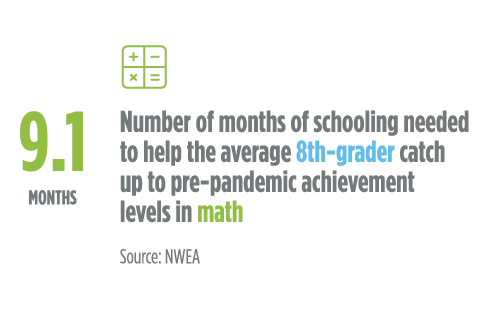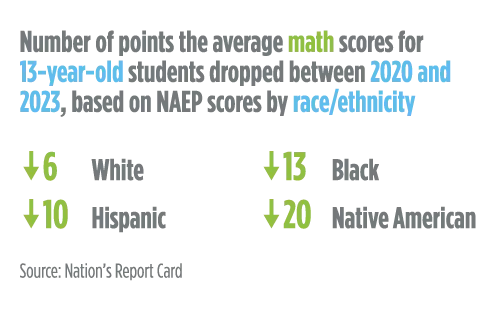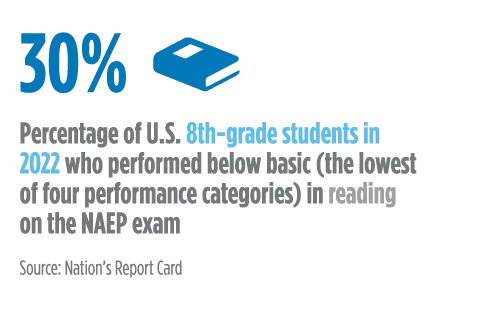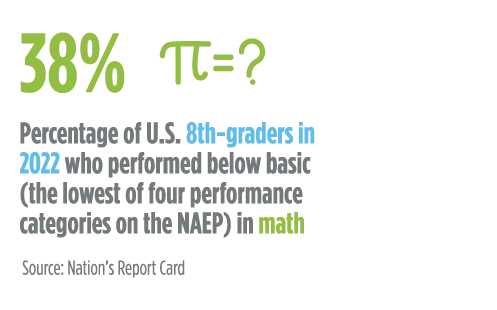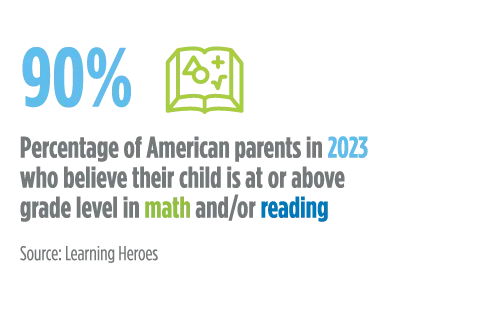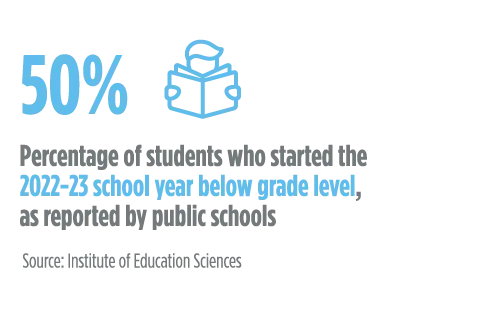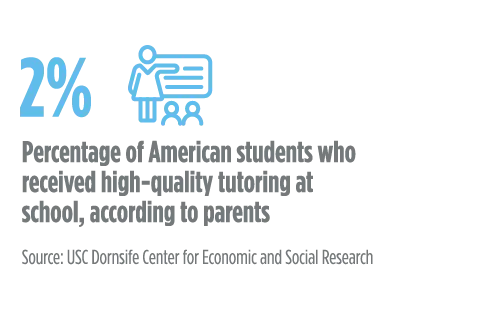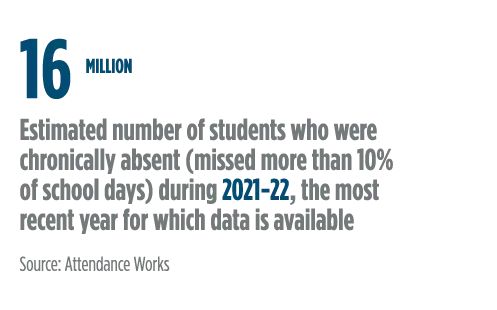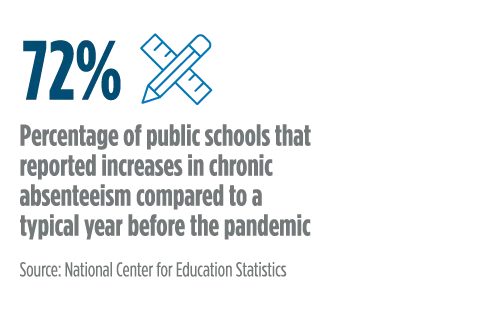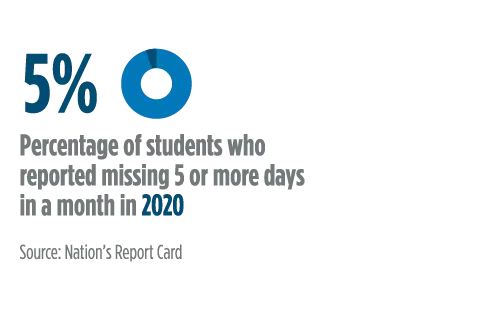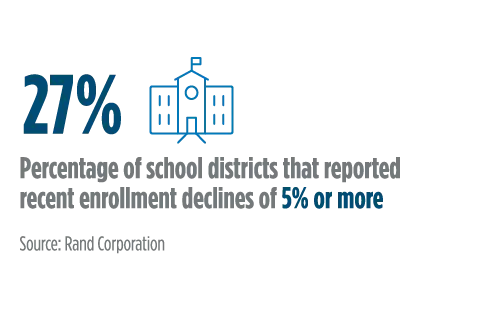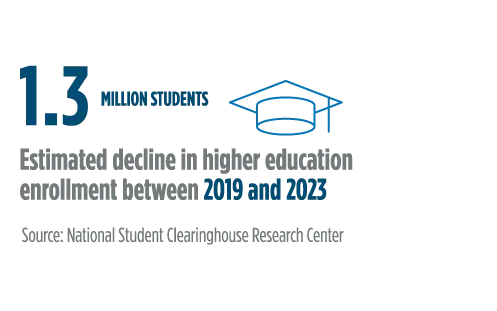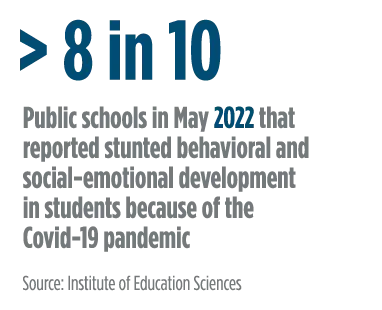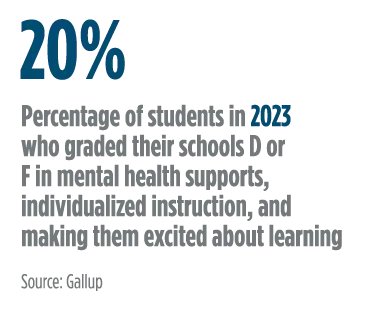The State of the American Student: Fall 2023
We are failing older students:
Bold ideas to change course
As we reported in our inaugural State of the American Student report in September 2022, the Covid-19 pandemic and related school closures led to unprecedented academic setbacks for American students. They exacerbated pre-existing inequalities and accelerated the mental health crisis for young people. This second edition provides basic data on the overall system, but focuses especially on students who are nearing graduation, or have already graduated, from high school. The traditional pathways to college and career were already not working for too many of these students. The pandemic made everything worse.
QUICK LINKS
K-12 Fast facts
Older students are running out of time to recover
Declining academic performance
Too many students, especially those from historically and systemically marginalized communities, are likely leaving the K-12 system without the skills, knowledge, and habits they need to thrive in college, careers, and life. Test scores are down. Course failures are up. Although graduation rates have increased, so has grade inflation, making it likely that many students leave the system unprepared for college and career.


Rising absenteeism, declining engagement
Students became much less engaged during the pandemic, were more likely to drop out, and/or stopped attending school consistently. This was particularly true for historically disadvantaged students, those farthest behind before the start of the pandemic, and those in schools that closed the longest.

"I feel like I just need to stand on a mountaintop and just yell, 'Take this seriously! Everything is at stake right now!'"
–Geoffrey Canada, founder of the Harlem Children's Zone in Manhattan (CBS News)
Alarming inequities
Inequities continue to grow. Although national data are scarce, state and local data on the state of older students are alarming. On just about every indicator (including NAEP scores, course grades, absenteeism, grade retention, and mental health challenges), the negative impacts of the pandemic were worse for more vulnerable students.

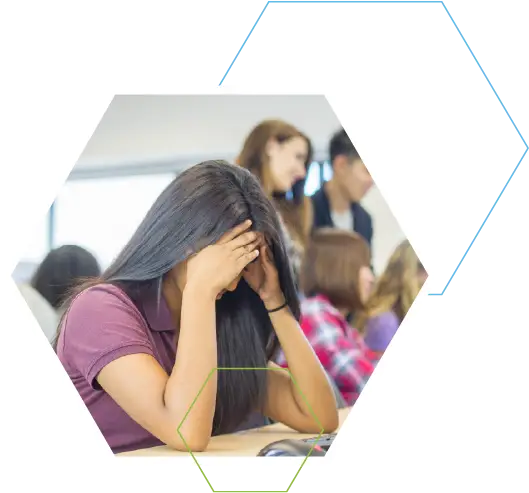
Growing adolescent mental health challenges
The prolonged social isolation and stressors from the pandemic and school closures took their toll on America’s youth. As of April 2022, 70% of public schools reported that since the beginning of the pandemic, the percentage of students seeking mental health services at school had increased, but schools struggled to provide support. Young women, LGBTQ+ youth, and students with disabilities were especially affected.

“A lot of emotions about feeling helpless, feeling depressed, feeling anxious about assignments, about classes, about the pressure that you have as a student to outperform and be competitive…has been definitely amplified through our experiences. This has been a problem for some time, [not] just because the pandemic happened.”
–Abigail Singh, rising freshman, Bennington College, Vermont
Inadequate K-12 responses
Strategies for catching students up, such as high-quality tutoring, are falling short. Meanwhile, students report fewer adults in their schools know or care about their lives outside of school.
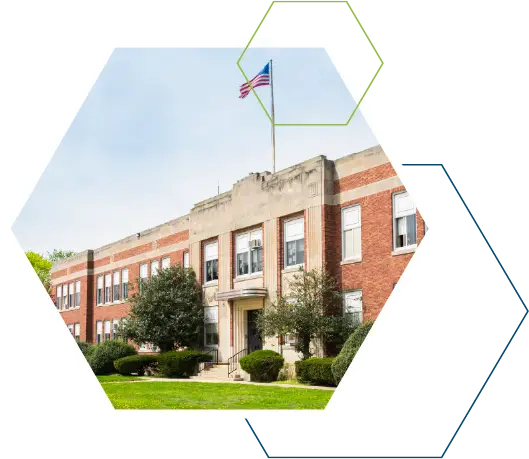
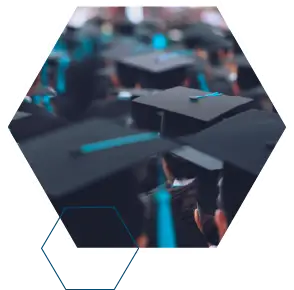
Postsecondary challenges
Undergraduate enrollment at public universities and community colleges declined, especially in two-year programs, while increasing numbers of parents and students are questioning the value of higher education altogether.
Why we must act now
The challenges are likely to get more difficult for at least four reasons: the end of federal pandemic relief funding after 2024; staffing shortfalls; societal changes (including the rise of AI) that make quality education all the more imperative; and a lack of public awareness about the severity of these challenges, which makes it tougher for policymakers to respond with the necessary boldness.
New solutions are emerging
Some schools, school systems, states, and postsecondary institutions are demonstrating what’s possible when leaders are willing to rethink outdated approaches and center instruction and support on what students need most. But given the magnitude of the current crisis, we need many more such examples of hope and innovation. To that end, we asked 14 experts from various sectors and perspectives to weigh in with examples of what is possible and proposals for moving forward.
Recommendations
We must adjust course.
Positioning the Covid generation for success requires immediate action and an orientation toward the future. Proposals include providing greater transparency; investing in a national youth intervention strategy; improving high school and college mastery programs; supporting research to track the Covid-19 Generation’s progress; strengthening high school-to-career pathways; and rethinking high school itself.
Student Voices
We recruited 10 older students, including high schoolers nearing graduation and recent graduates enrolled in college, to ask about their recent experiences with leaving or preparing to leave the K-12 school system. In May 2023, we facilitated various discussions on 1) how their schools prepared them for the transition to life after high school, 2) their takes on current mental health trends among youth, 3) life as an American teenager, and 4) how artificial intelligence may impact their future education and careers.
Liv Birnstad, 18
Abigail Singh, 17
Arivumani Srivastava, 19
Alejandro Blanco, 20
Maya Murali, 17
Arshia Papari, 18
Jaylen Adams, 18
Kesar Gaba, 19
Lazuli Clark, 17
Brady Phan, 17
Expert Voices
Given the magnitude of the current crisis, we need many more examples of hope and innovation. To that end, we asked 14 experts from various sectors and perspectives to weigh in with examples of what is possible and proposals for moving forward.
Addressing immediate recovery needs
-
 Jake Anders
Jake Anders
-
 Aimee Guidera
Aimee Guidera
-
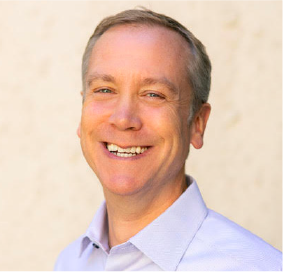 Kevin Huffman
Kevin Huffman
-
 Thomas Kane
Thomas Kane
-
 Cara Pangelinan
Cara Pangelinan
-
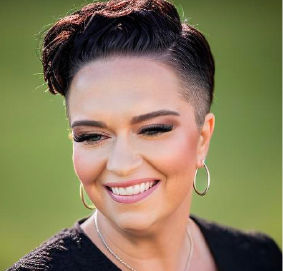 Keri Rodrigues
Keri Rodrigues
-
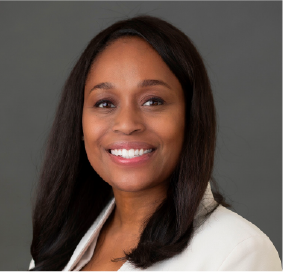 Aaliyah Samuel
Aaliyah Samuel

Jake Anders
Associate Professor, University College London
on researching Covid’s long-term effects on educational and career trajectories
“COSMO has recruited a representative sample of over 13,000 young people in 500 schools across England, over-sampling disadvantaged and ethnic minority groups and targeting other hard-to-reach groups. Young person and parent questionnaires — enhanced with educational administrative data — have collected rich data on young people’s experiences of education and well-being in the aftermath of the pandemic, along with information on their post-16 education transitions.”…
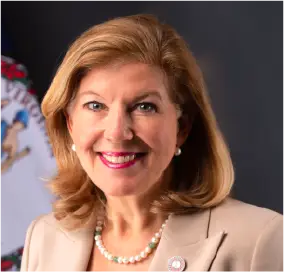
Aimee Guidera
Virginia Education Secretary
on high standards, innovation, and closing the “honesty gap”
“When I first attended the annual meeting of the Education Commission of the States in the early 1990s, they were handing out coffee cups with an exhortation that ‘all kids can learn.’ I remember thinking, duh, of course they can. The standards movement was in full bloom at the time, and the statement seemed like a no-brainer. No longer. The pandemic merely illuminated and exacerbated what has been happening in American education for years: the systematic dismantling of a culture of high expectations….This tragic reality has fueled our sense of urgency and commitment to change in Virginia. Nothing but boldness will suffice.”…

Kevin Huffman
CEO, Accelerate
on delivering more “high-impact tutoring”
“The challenge is that high-impact tutoring is difficult to deliver at the scale and the pace that we need. …And it is especially difficult to reach high school students, who arguably should be our top priority given how little time they have to recover pandemic learning losses before graduation. But there’s reason for optimism: A growing number of tutoring providers are innovating new models, conducting research, and delivering results.”…
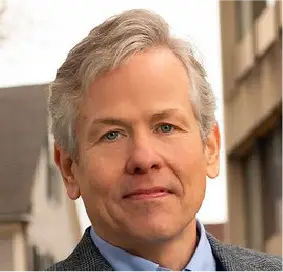
Thomas Kane
Professor, Harvard Graduate School of Education
on ensuring we have the right dosage of interventions
“The future consequence for students–and for the nation’s economy–if students fail to catch up will be dire. A conservative estimate of the loss in future earnings for those enrolled in public K-12 education during the 2020-21 school year is $900 billion. As the federal relief dollars are spent down, state and local leaders must step up. Today, there are two or three candidates seeking the mantle of “education governor.” We need 50 of them.”…

Cara Pangelinan
Research Analyst, CRPE
on what students are telling us
“While there is cause to be wary of harmful users who can influence youth negatively, the benefits social media bestows are also notable. For teenagers like Abigail, Liv, and others who use the platform to connect to one another and find commonality where they may not otherwise have the opportunity to do so, social media can be enlightening.”…

Keri Rodrigues
President, National Parents Union
on parents’ demands for better, more accurate information
“We must put an end to petty political fights, institutional racism, an antiquated status quo, and policies that prioritize adults over kids and instead collaboratively address the transformational change our children and families need. … Now is the moment for elected leaders and education decision-makers to act with bold urgency and a renewed commitment to courageous conversations about how our nation’s schools can truly change–systematically and thoroughly. Parents will be watching.”…
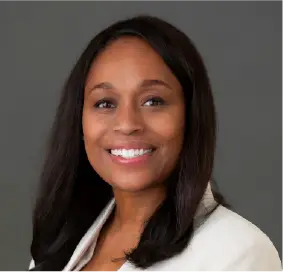
Aaliyah Samuel
President and CEO, CASEL
on closing the “relationship gaps”
“Educators are building on this strong support [from educators, parents, and businesses] — not just to recover from the pandemic but to redesign education. Optimally, they’re taking a systems approach to social and emotional learning, teaching it not just as a one-off course in sixth period, but instead integrating it into everything they do.”…
Building better pathways to college and careers
-
 David Adams
David Adams
-
 Robin Lake
Robin Lake
-
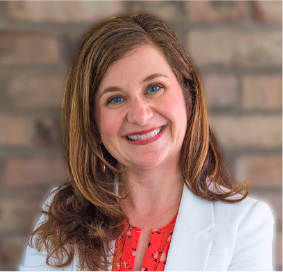 Marie Mackintosh
Marie Mackintosh
-
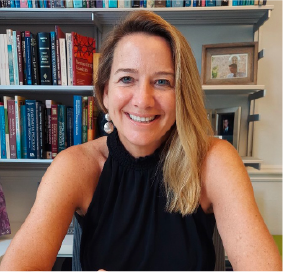 Kristie Patten
Kristie Patten
-
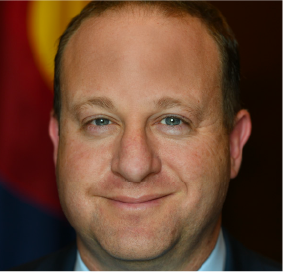 Jared Polis
Jared Polis
-
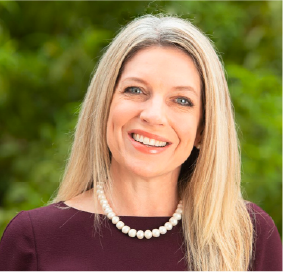 Joanne Vogel
Joanne Vogel
-
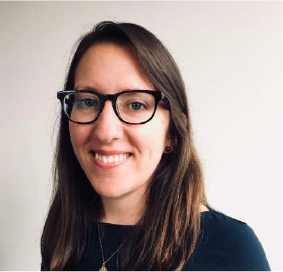 Chelsea Waite
Chelsea Waite
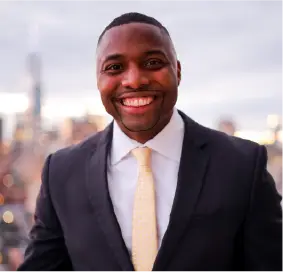
David Adams
CEO, Urban Assembly
on organizing schools around real-world themes
“As we move from observing the rain to building the ark(s), we must resist the temptation to ‘boil the ocean’ — to think we must solve huge, seemingly intractable problems all at once. Instead of getting paralyzed by ‘recover from the pandemic,’ ‘improve graduation rates,’ or ‘increase college success,’ break the challenge into doable, bite-size pieces, and make things work. Let’s start by focusing on elevating the human connections that drive all learning.”…

Robin Lake
Director, CRPE
on why it’s the perfect time to redesign the New American High School
“We need to start thinking, talking, and acting bigger. Career preparation in high school is essential for every student. At the very least, students should leave high school with a guarantee that they have mastered the core skills the business and non-profit sectors say they will need for middle-class jobs of the future.”…
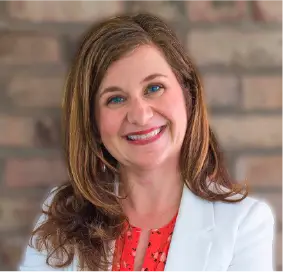
Marie Mackintosh
President and CEO, EmployIndy
on modern apprenticeships and related efforts to make high school more relevant
“We’re having an impact. We’re helping diversify our workforce: about 88% of current apprentices are students of color, 60% are female, and one third come from low-income households, doing jobs such as IT and accounting that historically have been dominated by white men. We’re reducing employer turnover: 94% of Indiana employees say they would stay with their companies longer if they invested in learning. And we’re having a positive return on investment: every $1 invested in apprenticeship returns $1.47.”…
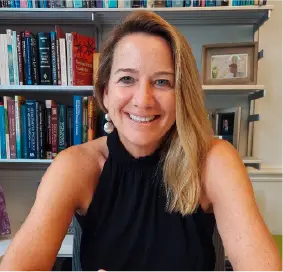
Kristie Patten
Counselor to the President, New York University
on what autistic students can teach us about focusing on assets, not deficits
“For years, advocates have been begging institutions to do things differently. The invariable response: ‘We can’t. It’s too hard. Be patient. Give us time.’ Then came Covid, and within 24 hours, everything changed. For example, online learning and work, long deemed challenging, became ubiquitous. The secret was out. Even the most tradition-bound institutions could change when they had to. Let’s make sure to take advantage of the best of these emergency measures and make them the new normal.”…
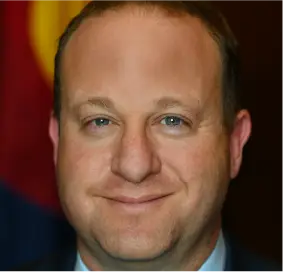
Jared Polis
Colorado Governor
on blurring the lines between high school and postsecondary learning
“Advanced degrees and credentials are now table stakes to participate in the modern economy, but accessing them usually requires students to persist through four years of high school work that often doesn’t feel relevant to their futures. Then they proceed to postsecondary programs where they must take on debt, pay tuition, or forgo work while they pursue credentials. Blurring can make high school more relevant and credentials more attainable for all students.”…
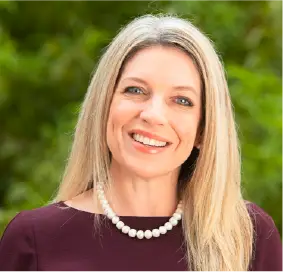
Joanne Vogel
Vice President of Student Services, Arizona State University
on redesigning everything, from dorm rules to instruction, to better support incoming students
“Incoming students are displaying behavior we might expect of younger adolescents, with difficulties managing their daily responsibilities, challenges resolving interpersonal conflicts, and troubling incidents of violence, vandalism, and even vigilantism….We are testing several approaches to improve conduct, enhance safety, and promote success.”…

Chelsea Waite
Principal Researcher, CRPE
on how New England states are rethinking the “college for all” paradigm
“CRPE’s in-depth interviews with students and educators across six high schools in New England are yielding a resounding message: The primary purpose of high school IS NOT to prepare every student for college. Instead, parents and students in wide-ranging circumstances describe happiness, fulfillment, and a ‘good life’ as their priorities.”…




